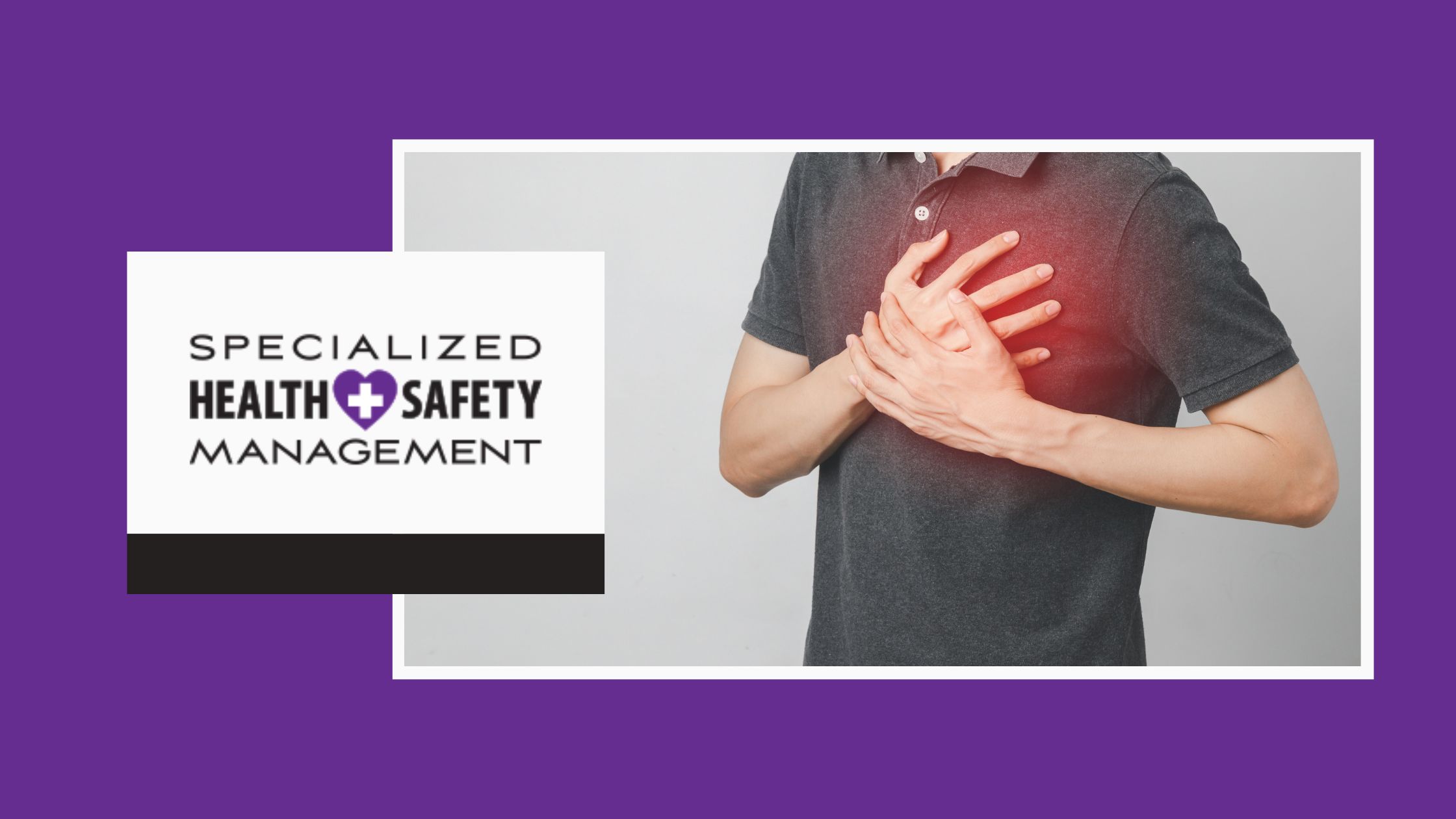
March 10, 2023
5 Signs of an Impending Heart Attack
February 6, 2023
A Guide to Renewing Your CPR and First Aid Certification
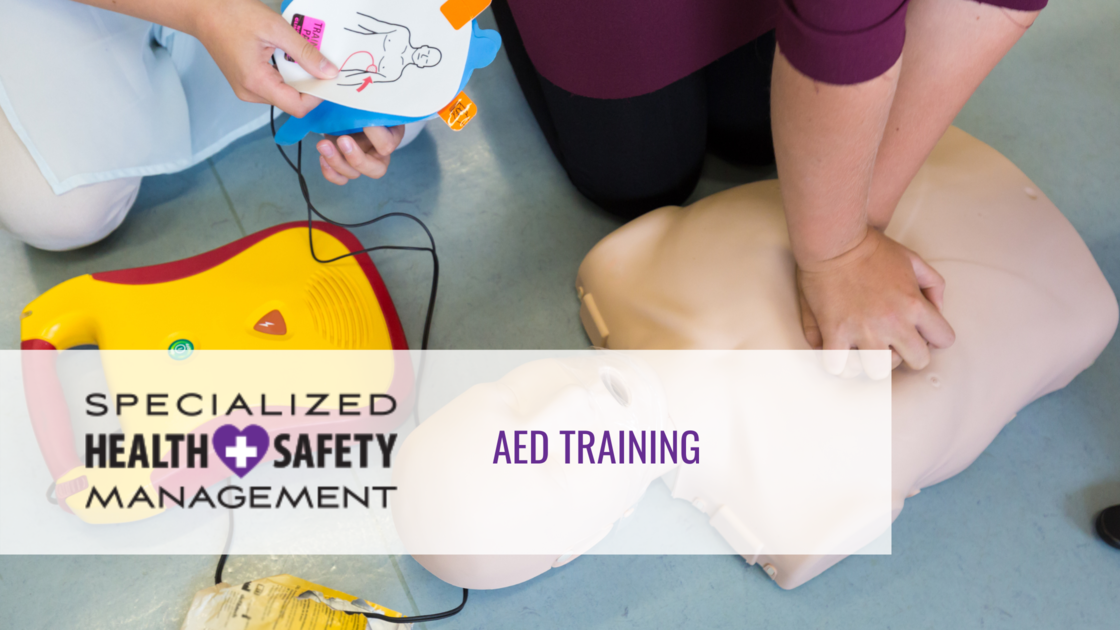
January 15, 2023
What is AED Training: Who Should Get Certified?
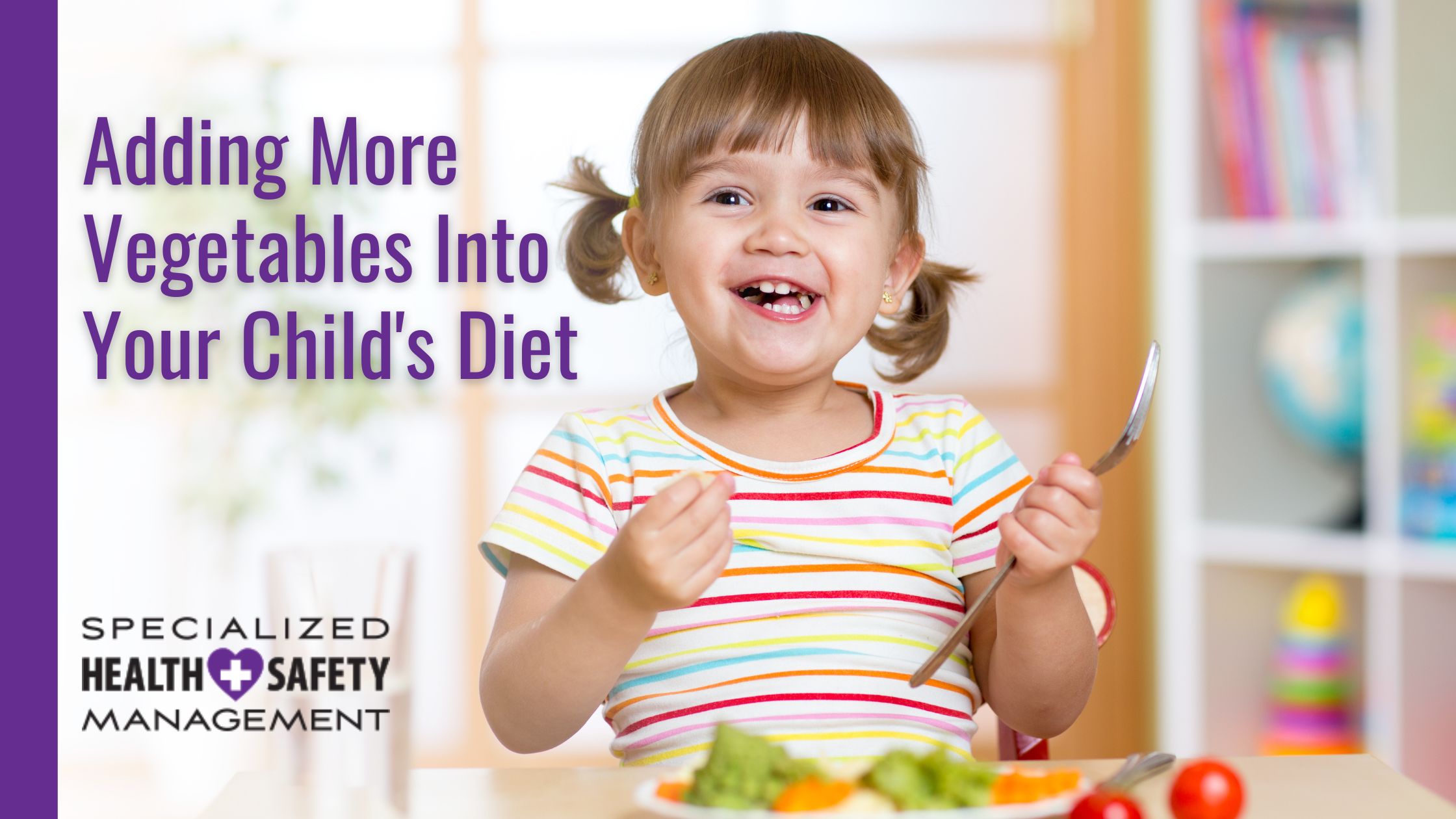
November 14, 2022
Incorporating More Vegetables Into Your Kids’ Diets
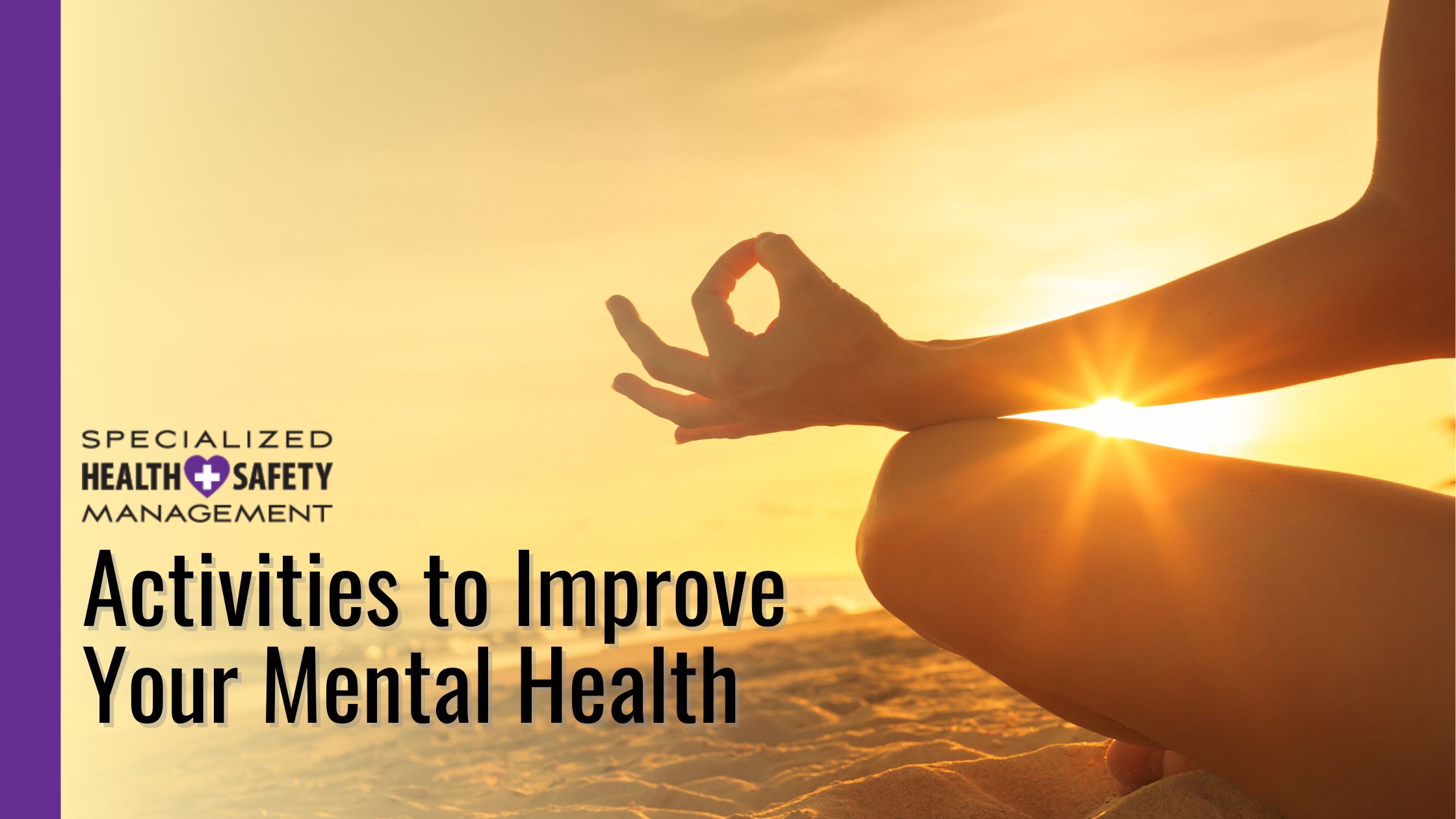
October 18, 2022
3 Fun Mental Health Activities That Leave You Feeling Great
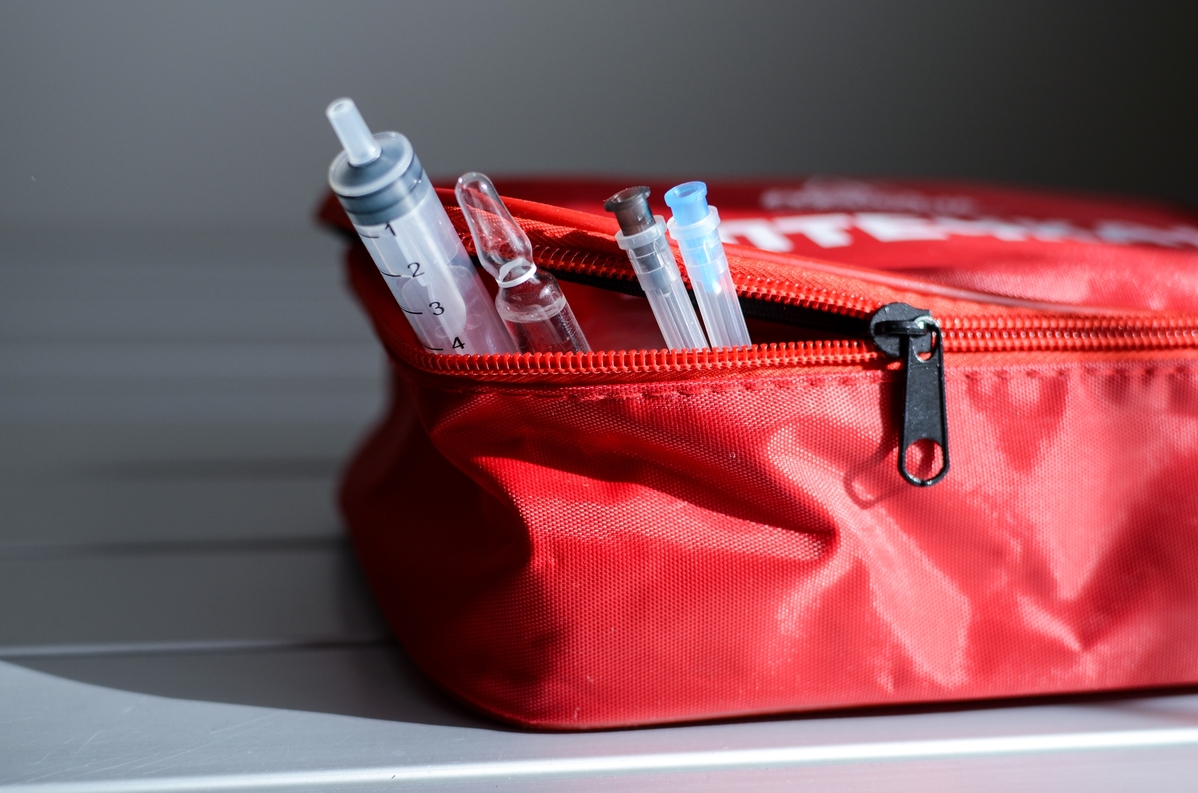
September 23, 2022
Tips and First Aid Treatments for Immediate Allergic Reactions
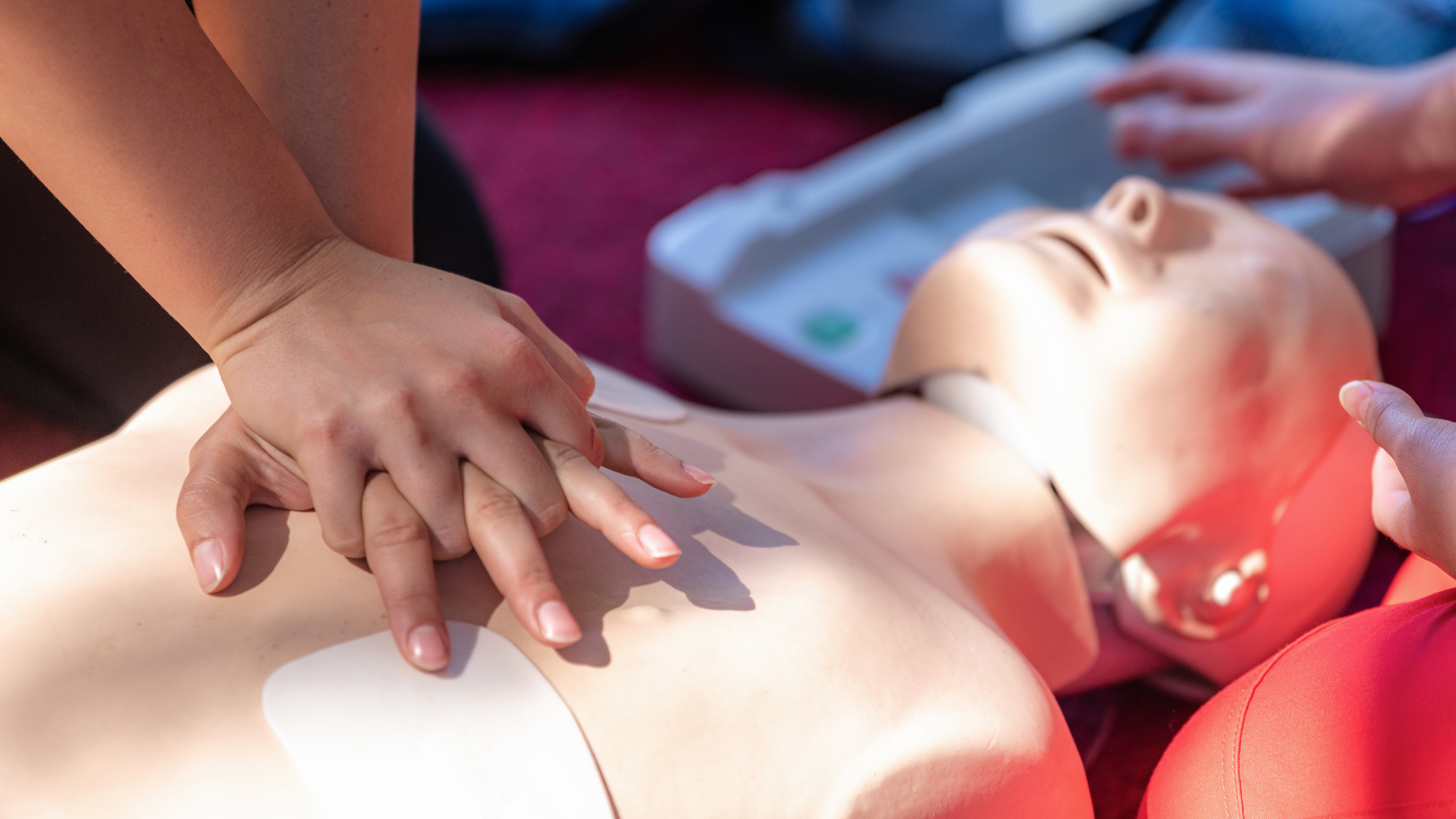
September 9, 2022
Why Everyone Can Benefit from CPR Training | Who Should Learn CPR?
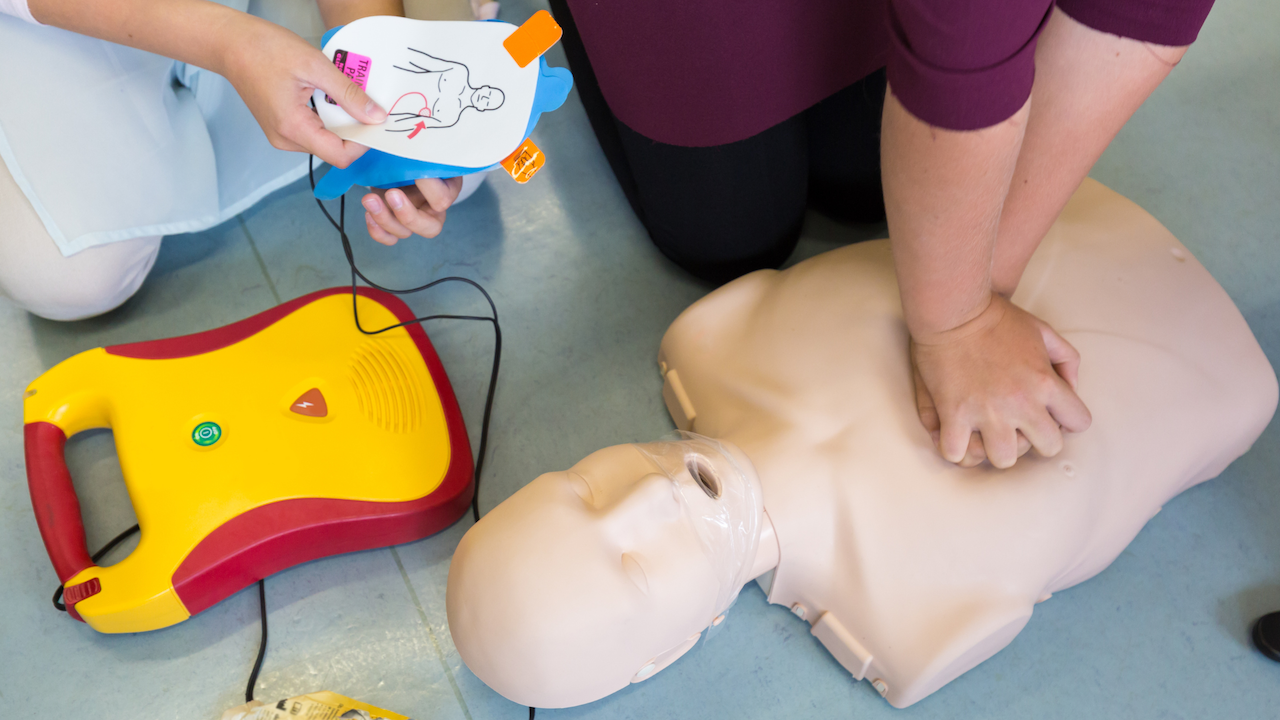
August 21, 2022
AED Myths
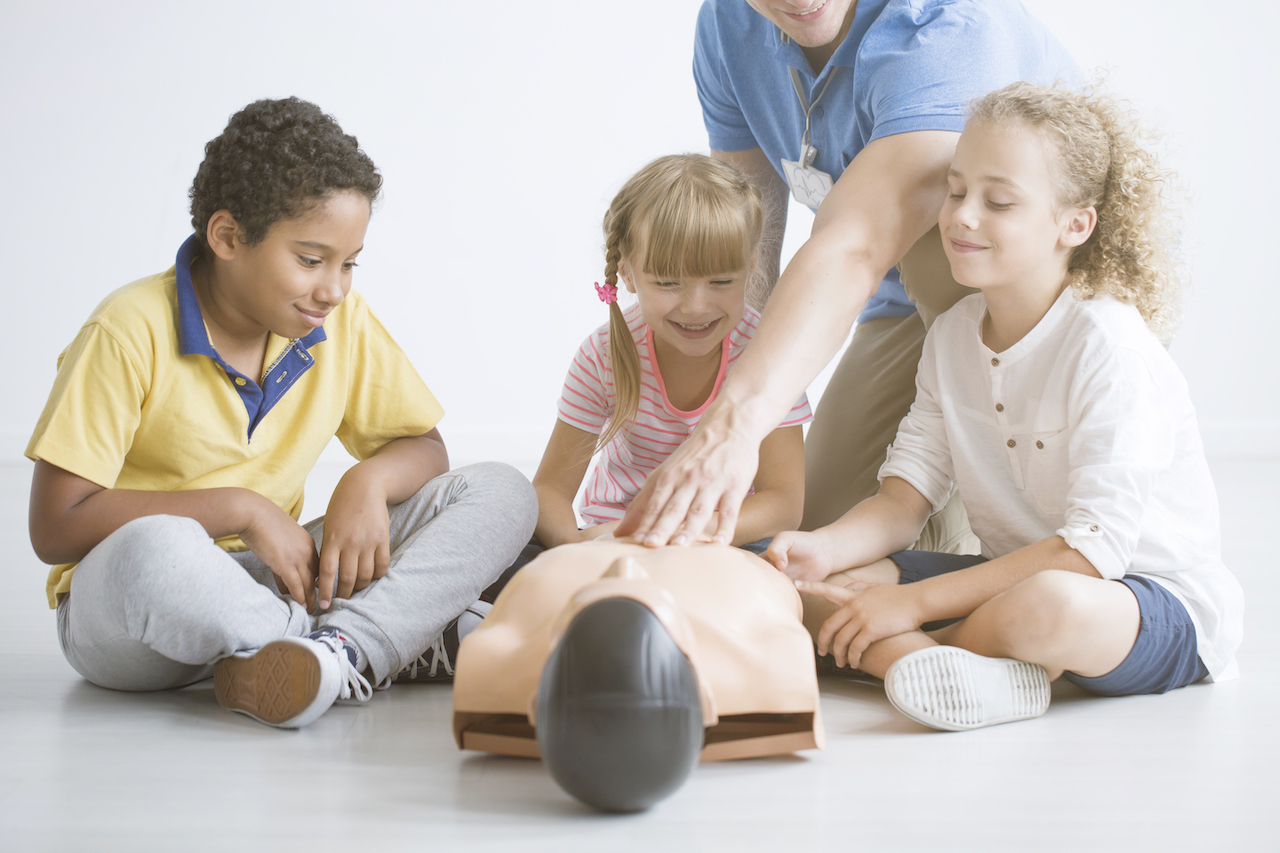
August 9, 2022
When to Teach Your Kids CPR
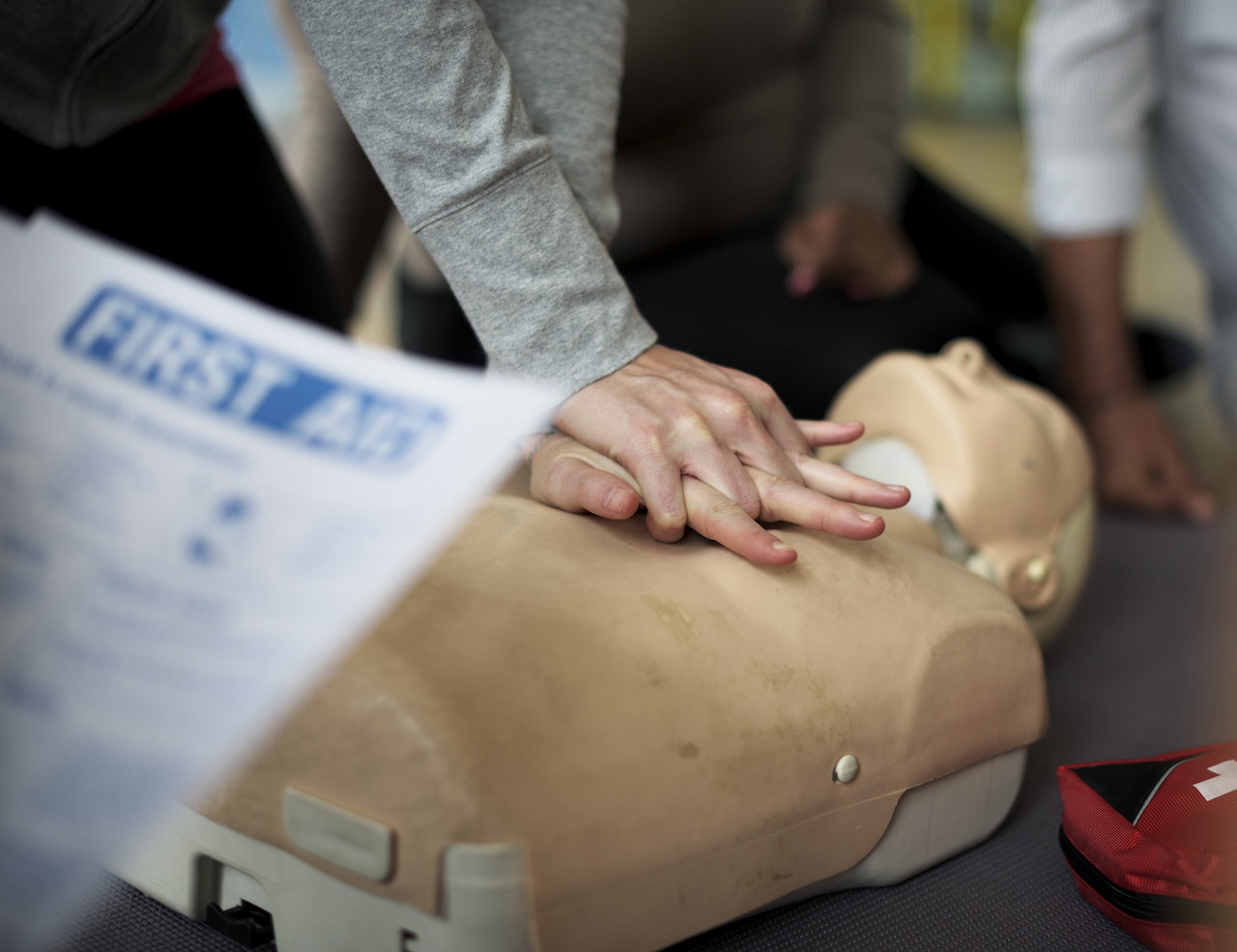
July 28, 2022

